This post may contains affiliate links. Read our full disclosure here.
Learning how to include deceased loved ones in your wedding ceremony bridges the gap between past and present during one of life’s most meaningful celebrations. When planning a wedding, it’s completely natural to feel the absence of those who’ve passed but would’ve been there to celebrate with you. Finding thoughtful ways to honor their memory allows them to be present in spirit on your special day.
Table of Contents
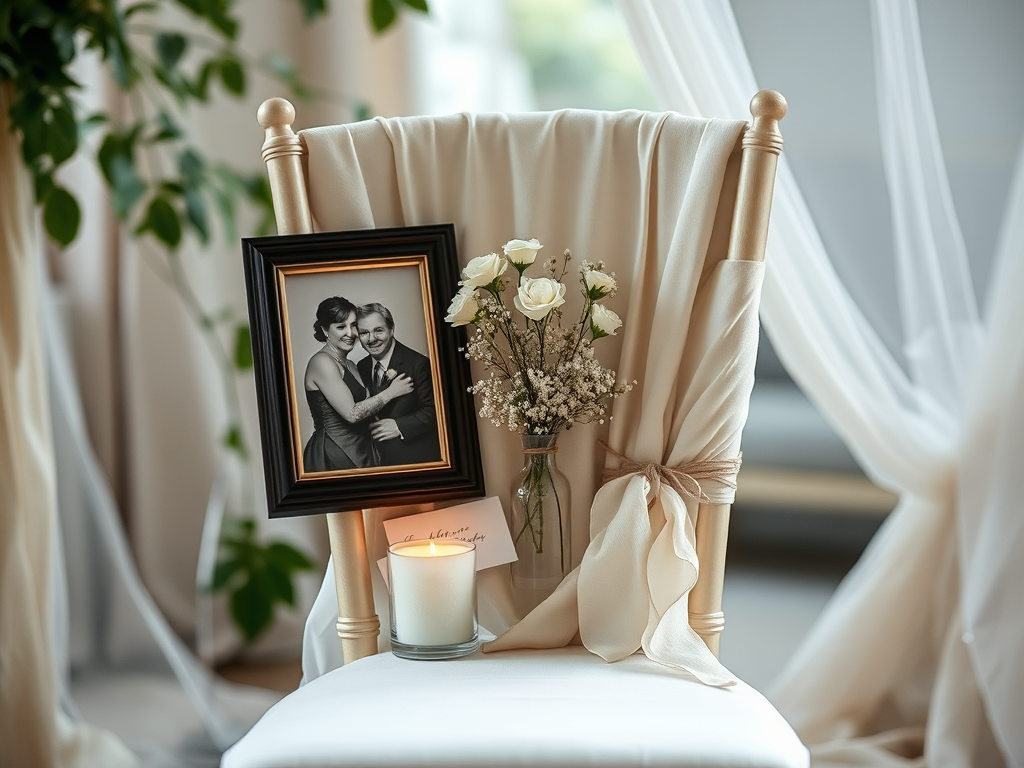
Having witnessed countless beautiful tributes at friends’ weddings, I’ve seen firsthand how these remembrances can bring comfort without overshadowing the joy of the occasion. From subtle nods to more prominent displays, there are countless meaningful memorial options that fit seamlessly into wedding celebrations. These thoughtful gestures help acknowledge that while they can’t be physically present, their influence on your life story remains an important part of your journey together.
Why It Matters to Remember Those We’ve Lost
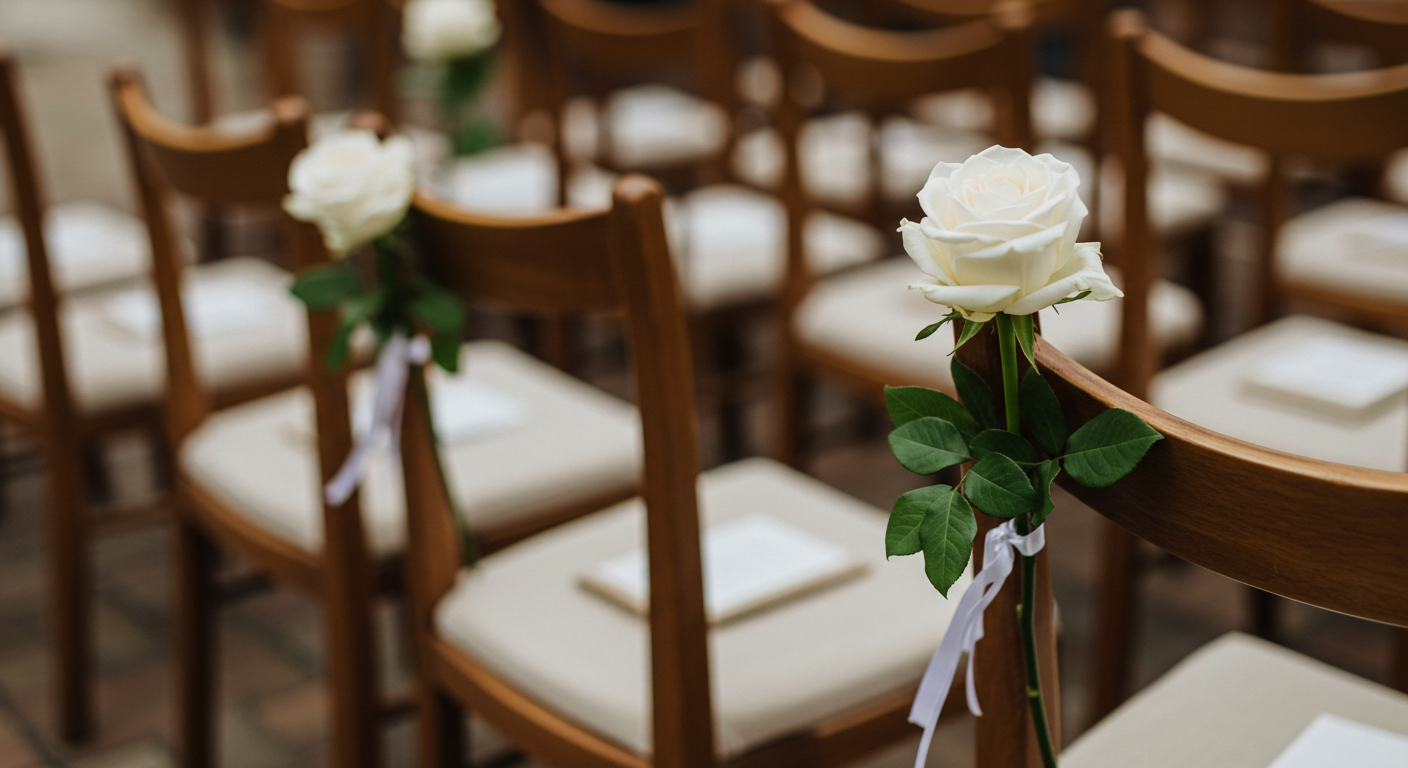
Weddings naturally highlight both presence and absence. When figuring out how to include deceased loved ones in your wedding ceremony, you’re acknowledging that these important people helped shape your story. Their influence remains part of who you are as you begin this new chapter.
For many couples, finding the balance between celebration and remembrance brings a sense of completeness to their day. My cousin incorporated a special tribute to her grandmother at her wedding last fall, and it provided a beautiful moment of connection that felt right for everyone present.
“They may be gone, but they remain part of the love we celebrate.”
Including those who can’t physically attend doesn’t have to feel somber. Instead, it can create moments of connection, gratitude, and even joy as you celebrate their impact on your life. Many guests later commented that my cousin’s tribute made the ceremony feel more personal and meaningful.
- Wedding day remembrances honor important relationships
- Memorial elements add depth and personal meaning
- Acknowledging absence can actually strengthen feelings of connection
- These tributes often become cherished memories of the day
Reserved Seat or Symbolic Space at the Ceremony
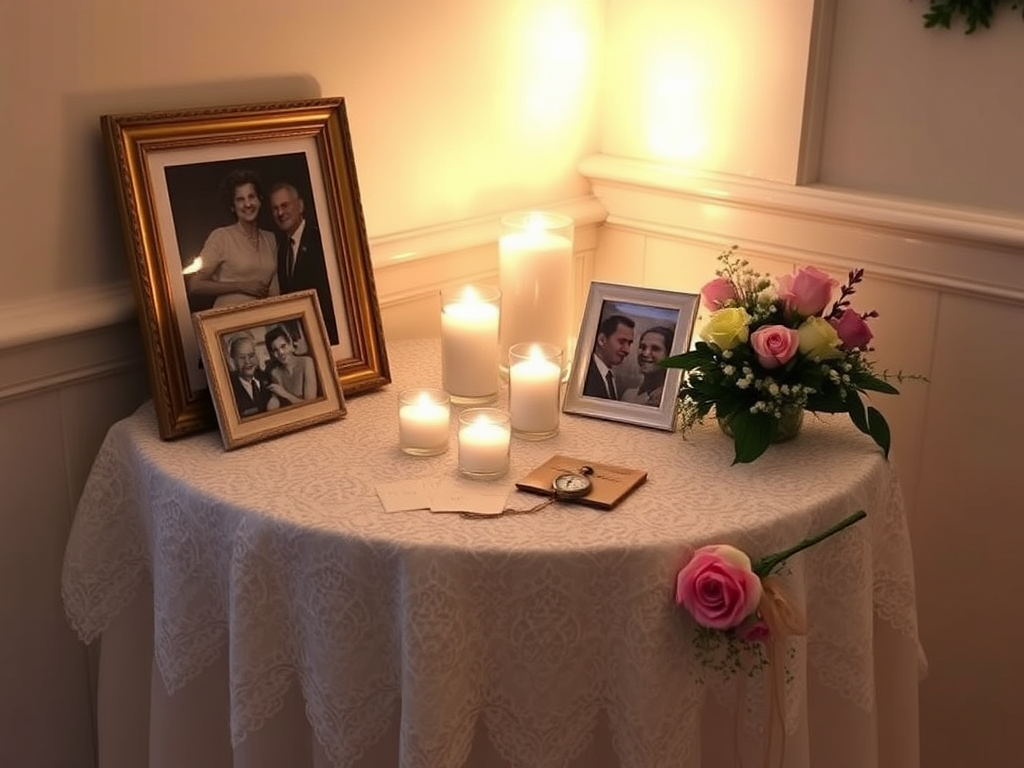
One of the most visually powerful memorial gestures is reserving a physical space for someone who has passed. This approach to how to include deceased loved ones in your wedding ceremony creates a tangible representation of their importance. At my best friend’s wedding, she reserved a seat with her father’s favorite hat and a framed photo that created a touching reminder of his presence.
These symbolic spaces need not be elaborate to be effective. A simple chair with a name card, a single flower, or a small framed photo can speak volumes to guests who understand the significance. For outdoor ceremonies, consider using a special marker or arrangement that suits your venue.
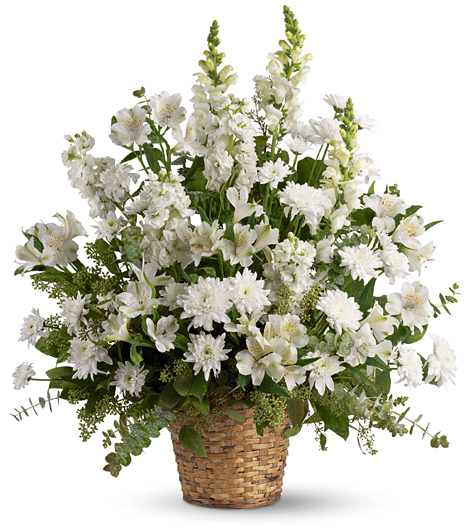
- Reserve a front-row chair with their name or photo
- Place meaningful objects on the seat (favorite book, hat, scarf)
- Add a flower arrangement or special candle to mark the space
- Include a tasteful “Reserved in Loving Memory” sign
The beauty of this tribute is its visibility—it acknowledges openly that this person is missed while creating a sense that they’re still participating in your celebration. My friend later told me that seeing that reserved space for her dad gave her comfort throughout the ceremony.
Wedding memorial chair ideas can be personalized with favorite colors, significant items, or even a wrapped gift “from” the deceased to the couple that can be opened later in private. This approach works beautifully for destination weddings as well, where a simple chair decoration can travel with you.
Photos, Displays, or Memory Tables
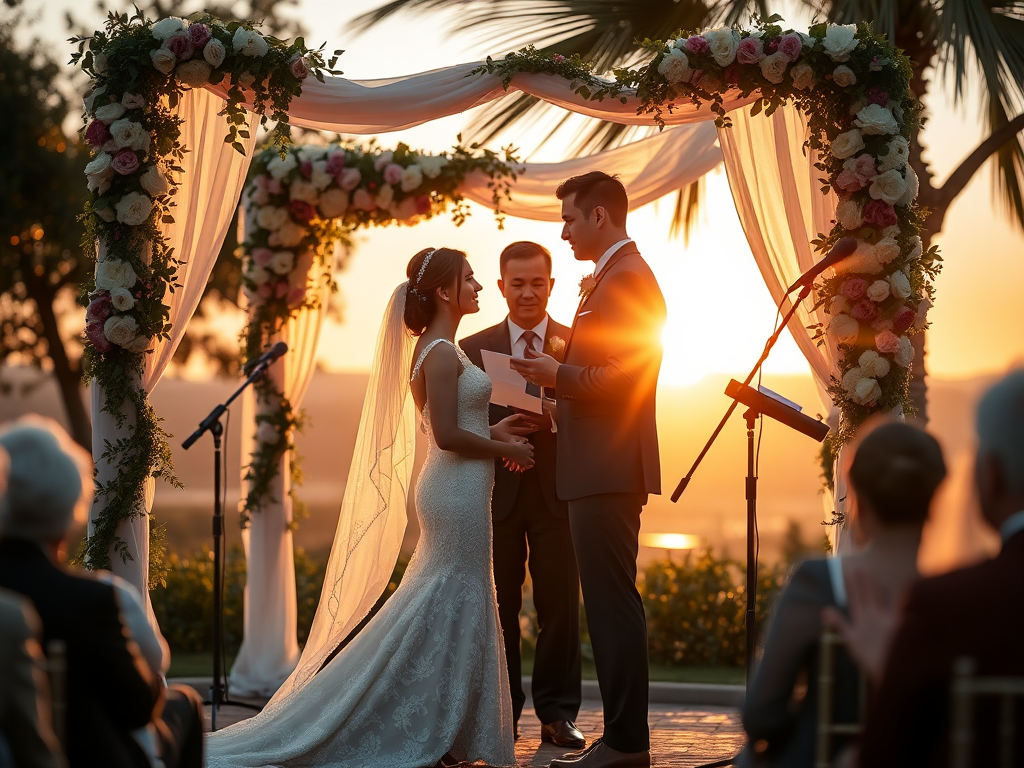
Creating a dedicated display is a beautiful way to visually incorporate departed loved ones into your celebration. When considering how to include deceased loved ones in your wedding ceremony, memory tables offer guests a chance to pause and reflect on those being honored. My sister arranged a stunning display of our grandparents’ vintage family photographs alongside candles and meaningful keepsakes.
The most effective memory tables balance commemoration with celebration. They acknowledge absence while celebrating the person’s life and impact. These displays can be placed near the guest book, at the ceremony entrance, or in a quiet corner of the reception where guests can take a moment for reflection.
- Include framed photos from different life stages
- Add personal items that represented their personality
- Place battery-operated candles for safety and ambiance
- Consider adding a brief note about who is being remembered

For a more interactive experience, you might add a memory jar where guests can share their own stories or thoughts about those being honored. This creates a meaningful keepsake for you to read later. One particularly touching example at a friend’s wedding invited guests to “Please share a memory of Dad that makes you smile.”
Wedding memorial table setup ideas can be coordinated with your overall décor while still standing out as a special tribute. If you’re planning a bridal shower wine tasting party, consider creating a small version of your memorial display there too, creating continuity across your wedding celebrations.
Tribute During the Ceremony or Vows
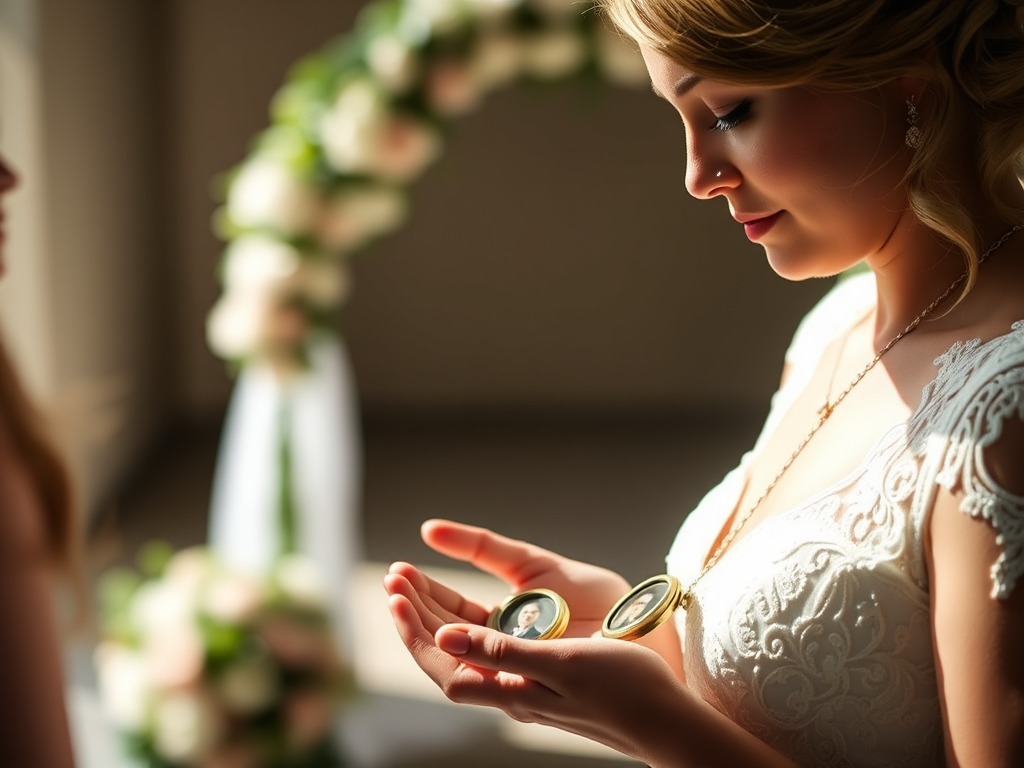
Spoken tributes create profoundly emotional moments during wedding ceremonies. When exploring how to include deceased loved ones in your wedding ceremony, incorporating their memory into the formal proceedings acknowledges their absence while celebrating their lasting impact. My college roommate included a beautifully written paragraph about her mother in her vows that left hardly a dry eye at the ceremony.
These verbal acknowledgments can range from brief mentions to more elaborate readings. The key is finding language that feels authentic to your relationship with the person being remembered. Many couples work with their officiant to create a moment that strikes just the right balance.
- Ask your officiant to include a special mention in their remarks
- Read a favorite poem, quote, or passage that reminds you of them
- Include a brief dedication within your personal vows
- Play an audio clip of their voice if available and appropriate
Wedding ceremony readings for deceased loved ones don’t need to be lengthy to be impactful. Sometimes the simplest words carry the most meaning. One particularly moving example I witnessed was when the groom said simply: “I know my father would have been proud to be here today, and in many ways, he is.”
Maintaining the right tone matters when incorporating these tributes. The goal is to acknowledge without overwhelming the joyful nature of the occasion. If you’re concerned about becoming too emotional, consider asking a close friend or family member to deliver the tribute, which can take some pressure off while ensuring proper wedding etiquette is observed.
Wearing or Carrying Something of Theirs

Personal tributes that you wear or carry provide an intimate connection throughout your wedding day. When considering how to include deceased loved ones in your wedding ceremony, these tangible reminders offer a private way to feel close to someone special. My friend Sarah sewed a small patch from her grandfather’s favorite shirt into her wedding dress—invisible to guests but incredibly meaningful to her personally.
These hidden tributes can be especially comforting because they stay with you throughout the day. Unlike stationary displays or momentary mentions, these items literally walk with you down the aisle and through your celebration.
- Incorporate fabric from their clothing into your attire
- Wear jewelry that belonged to them or represents them
- Attach a small photo charm to your bouquet, boutonnière, or inside a pocket
- Carry a handkerchief or small token that was meaningful to them
For brides, the “something old” tradition offers a perfect opportunity to incorporate a memento. One bride I know used her grandmother’s brooch to secure her veil, creating both a beautiful accessory and a meaningful connection.
These personal touches don’t have to be elaborate to be significant. Sometimes the simplest items carry the deepest meaning. If you’re helping plan fun treats for bridal parties, consider how small memorial elements might be incorporated into pre-wedding celebrations too, perhaps through toasts or special anecdotes about those being remembered.
Candle Lighting or Moment of Silence
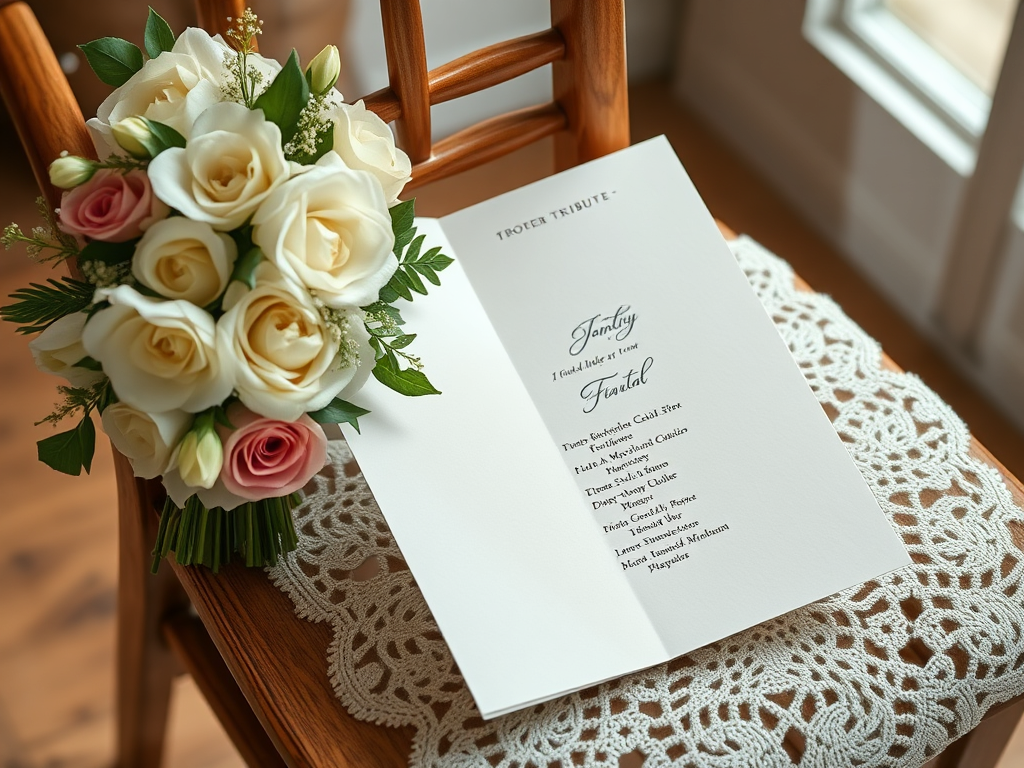
Rituals involving light and silence create powerful moments of reflection during wedding ceremonies. When exploring how to include deceased loved ones in your wedding ceremony, a candle lighting or moment of silence provides a gentle, reverent acknowledgment that everyone present can participate in. At my cousin’s wedding, his brief candle lighting ceremony for his father created a meaningful collective experience.
The beauty of these tributes is their universality—regardless of religious background or beliefs, light and silence are understood symbols of remembrance and respect. These moments can be incorporated smoothly into various parts of the ceremony.
- Light a special memorial candle at the beginning of the ceremony
- Include a brief explanation in your program
- Consider incorporating the candle into unity ceremonies
- Choose meaningful music to accompany this moment
For outdoor ceremonies where candles might be impractical, alternatives like ringing a bell, releasing butterflies, or sharing a brief reading can create similar moments of reflection. The short pause these acts create gives everyone a chance to mentally acknowledge those being remembered.
Memorial candle lighting wedding ceremony ideas can be personalized with custom candles, meaningful holders, or by having multiple family members participate in lighting. This shared experience can be particularly healing when supporting a friend during wedding planning who has experienced a significant loss.
Special Mention in the Program or Speech
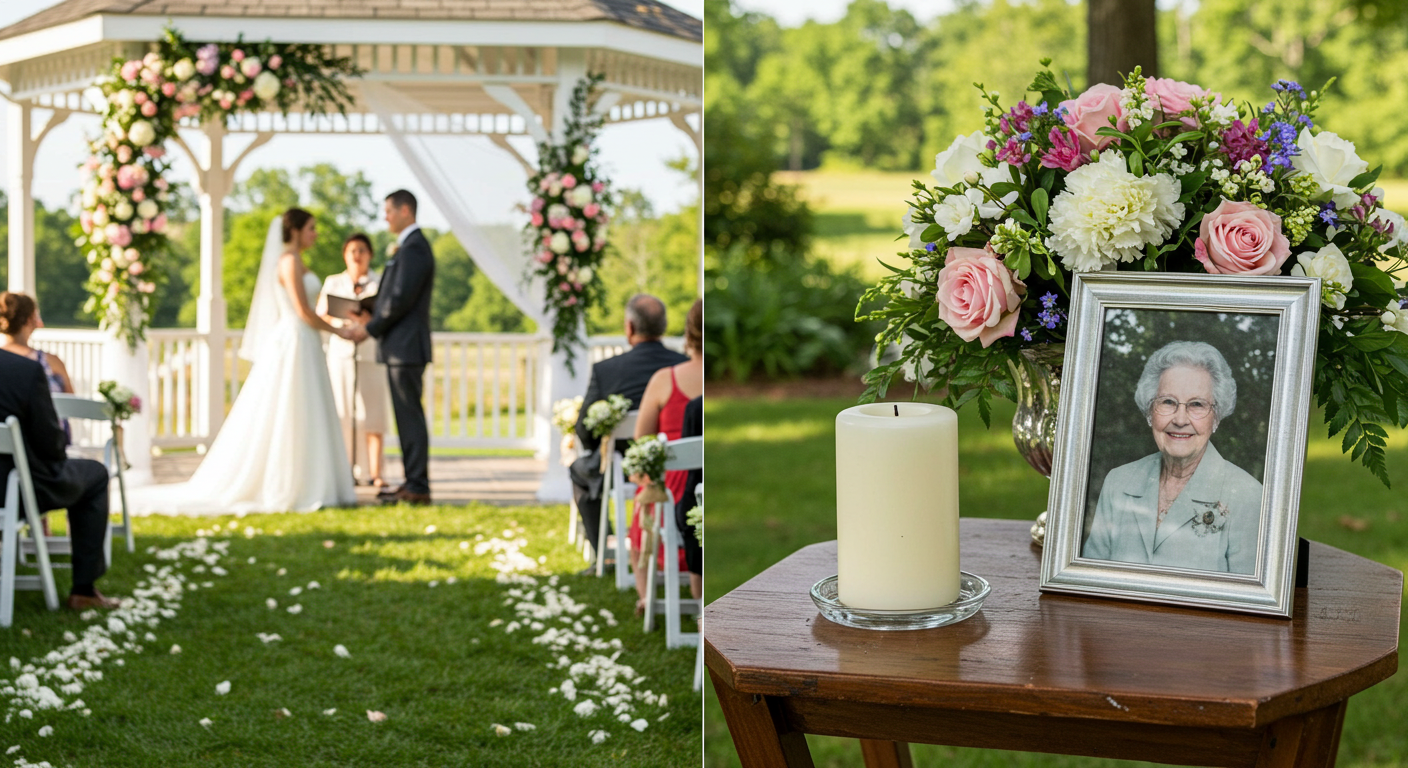
Written acknowledgments ensure that all guests understand who is being honored and why. When considering how to include deceased loved ones in your wedding ceremony, program mentions and speech tributes provide context that helps everyone appreciate the significance of other memorial elements you’ve incorporated. My brother included a thoughtful paragraph in his wedding program honoring our grandparents that many guests later mentioned appreciating.
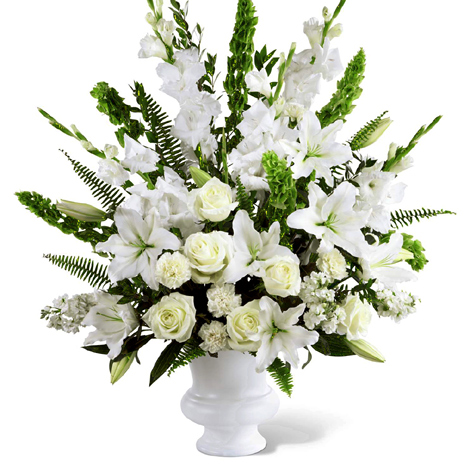
These written or spoken tributes create a permanent record of remembrance. Unlike physical displays that are dismantled after the event, programs become keepsakes, and recorded speeches become part of your wedding memories forever.
- Dedicate a section in your program with photos and brief tributes
- Include meaningful quotes that remind you of your loved one
- Plan for a specific toast or mention during reception speeches
- Consider including their favorite saying or life philosophy
When writing wedding tributes, aim for brevity and authenticity. Share what made this person special without shifting the focus away from the celebration at hand. Simple statements often carry the most impact: “We celebrate today with the loving memory of Sarah’s father, Michael, whose kindness and humor continue to inspire us.”
For speeches, choosing the right person to deliver the tribute matters. Sometimes having someone who was close to both the couple and the deceased person can provide a meaningful perspective that bridges past and present celebrations.
Releasing Rituals and Living Memorials
Symbolic releases and living tributes create lasting memories that extend beyond your wedding day. When exploring how to include deceased loved ones in your wedding ceremony, these dynamic acts offer a sense of connection and continuity. A friend incorporated a butterfly release in memory of her mother that created a beautiful symbolic moment for everyone present.

Releases can represent letting go while still honoring connection, while living memorials like tree plantings symbolize ongoing growth and life. Both approaches create memorable experiences that guests often find deeply moving.
- Release eco-friendly biodegradable lanterns or butterflies
- Consider floating flower arrangements on water
- Plant a memorial tree or flower that will continue to grow
- Create a small garden space or living tribute at your home
For releases, always consider environmental impact. According to Balloon Release – Wikipedia, traditional balloon releases can harm wildlife, but alternatives like flower petals, bubbles, or biodegradable options offer similar symbolism without environmental concerns.
Living memorials offer particularly meaningful ongoing connections. Planting a tree using soil from important places in your loved one’s life creates a physical space for remembrance that will grow alongside your marriage. One couple I know planted a memorial tree at their new home using soil from their grandparents’ farm, creating a beautiful continuation of family heritage.
Finding What Feels Right for Your Celebration
The most meaningful tributes reflect the unique relationship you shared with your loved one. When deciding how to include deceased loved ones in your wedding ceremony, trust your instincts about what would feel appropriate and authentic to your circumstances. There’s no single “correct” approach—only what resonates with you and honors your memories.
Some prefer subtle acknowledgments while others find comfort in more prominent remembrances. Consider your loved one’s personality and what they might have appreciated. Would they have wanted a solemn tribute or something more celebratory?
- Choose elements that match both your wedding style and the person’s character
- Consider consulting close family members for their comfort level and input
- Remember that simplicity often carries profound meaning
- Trust that guests will appreciate thoughtful tributes regardless of scale
Timing matters too—some couples prefer remembrance moments early in the ceremony to acknowledge important absences before moving forward with celebration. Others weave smaller tributes throughout the day, creating a sense that loved ones are part of the entire experience.
Whatever approach you choose, remember that how to include deceased loved ones in your wedding ceremony is about creating meaningful connections that feel right for you. These gestures honor not just those who have passed, but the continuing impact of their love in your life story.
Wedding days weave together past, present, and future in beautiful, complex ways. By thoughtfully incorporating the memory of those who can’t be physically present, you honor the complete tapestry of relationships that have shaped your journey. These tributes acknowledge that love transcends physical presence, creating space for both joy and remembrance on your special day. Whatever methods you choose, the simple act of remembering creates powerful connections that many couples later describe as among the most meaningful moments of their celebration.




